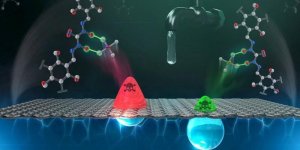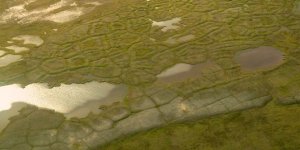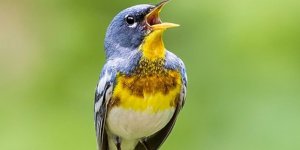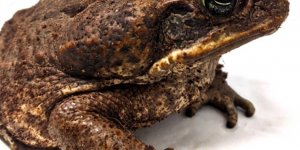| News / Science News |
New drugs from plastic waste
Plastic waste is one of the most significant ecological and economic problems of our time, scientists say. A research team has now introduced a chemical-biological method for upcycling polyethylene waste: Catalytic cleavage is used to make carboxylic diacids that are subsequently converted into pharmacologically useful natural products by genetically engineered fungi.
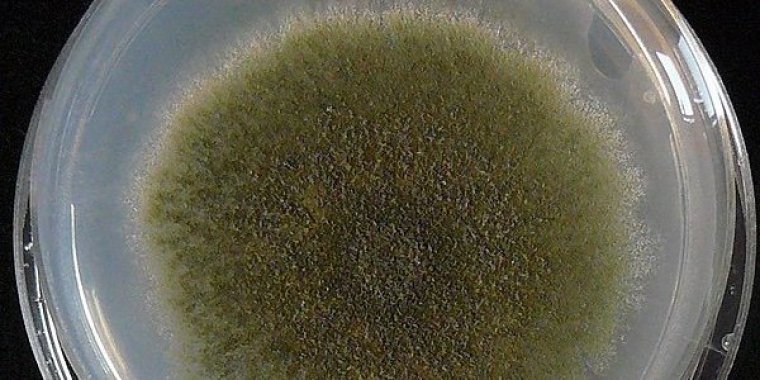
Aspergillus nidulans, here growing in a Petri dish, may hold keys to new drugs. Photo: Wikimedia Commons
Plastics are an unavoidable part of our daily lives. Estimates predict that worldwide production will rise to 1.1 billion tons annually by 2040.
Accordingly, the amount of waste is rising and ending up in landfills or in the oceans. This waste is increasingly threatening to the food supply and ecosystems. Polyethylenes, or PEs, are particularly problematic. Although they are the most common plastics, there are limited recycling processes available.
The same properties that make PEs tough and useful hinder their degradation and recycling. One problem is their hydrocarbon backbone, which has no good "break point" at which to split the polymer into pieces of defined length. This leads to broad mixtures of low-value products.
Now, a team led by Travis Williams and Clay Wang at the University of Southern California and Berl Oakley at the University of Kansas has introduced a combined chemical-biological method to upcycle PE waste into valuable and complex compounds of pharmacological interest.
In the first step, the team catalytically converts the PE under O2 to make a wide variety of different carboxylic diacids, hydrocarbon chains with two acid groups.
In a second step, these are "fed" to fungi that make useful natural products from them. The team was able to demonstrate this using actual PE waste from the North Pacific gyre.
After the PE is split apart, any short-chain carboxylic diacids must be separated from the mixture, as they are toxic to the fungi.
These can be used as feedstocks for the synthesis of biodegradable plastics for agriculture, for example. Longer chain diacids with more than ten carbon atoms can be used to feed Aspergillus nidulans fungal cultures.
Fungi grow fast, are inexpensive to cultivate, and are already in broad use for producing drugs, including antibiotics like penicillin.
The team developed a robust strategy to genetically modify the metabolic pathways of A. nidulans so the fungus synthesizes the desired products in high yield.
As example substances, they produced asperbenzaldehyde, citreoviridin and mutilin natural products that are starting materials in the search for drugs to treat diseases such as Alzheimer's and cancer, or agents against antibiotic resistant bacteria.
With this strategy, the scientists say, additional bioactive substances could be generated from PE waste. (U.S. National Science Foundation)
YOU MAY ALSO LIKE

